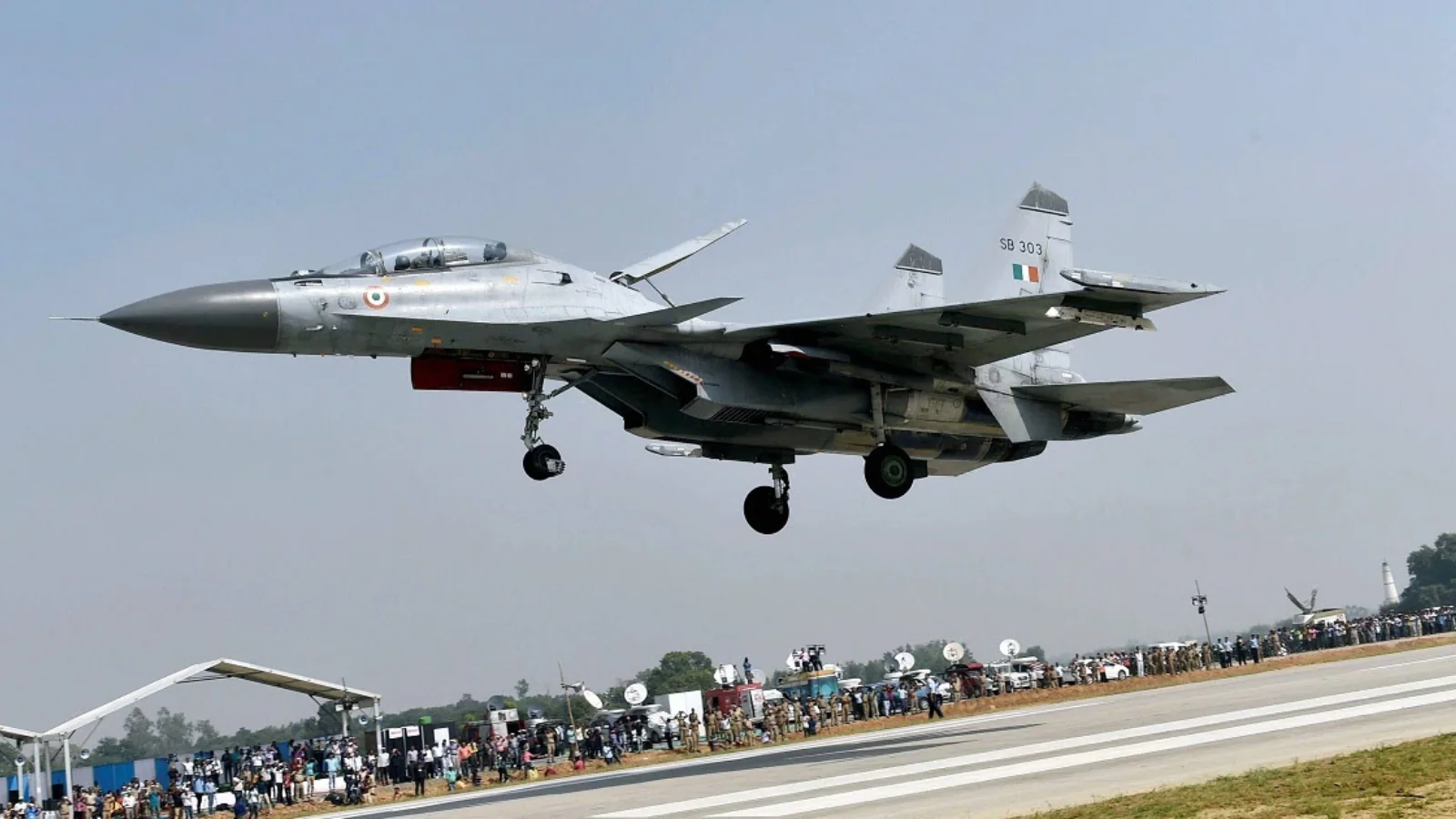By News18
Modern warfare has shifted from large-scale ground operations to precision-driven air and naval dominance, with drones and missile strikes playing a central role—as seen in global conflicts and India’s own Operation Sindoor.
Facing threats from both Pakistan and China, India is ramping up its defence capabilities. The government is investing heavily in advanced fighter jets, missile systems, warships, and other cutting-edge technology to modernise its armed forces and stay ahead in an increasingly high-tech battlefield.
A key priority for India is upgrading its fighter jet fleet. The Indian Air Force currently operates 31–32 squadrons, well below the required strength of 41–42, raising serious concerns within the defence establishment. In response, the government and Defence Ministry are actively addressing the gap. India is exploring the acquisition of fifth-generation fighter jets and has fast-tracked the production of the indigenous Tejas multirole aircraft, with deliveries expected to begin by year-end.
As part of these modernisation efforts, a master plan has been devised to upgrade the Su-30MKI fighter jet, a cornerstone of the Indian Air Force fleet, under the Super-30 project.
What Is The Super-30 Project?
The Su-30MKI, a 4.5-generation fighter jet imported from Russia, is set for a major upgrade to meet modern combat requirements. Under the Super-30 program, 84 jets will be upgraded over the next 3–4 years, at an estimated cost of $2.4 to $7.8 billion (around Rs 66,829 crore), according to India Defense News. Post-upgrade, the Su-30MKI is expected to remain operational until 2055.
Meanwhile, India is advancing its indigenous fifth-generation fighter jet program. DRDO and HAL have launched the Advanced Medium Combat Aircraft (AMCA) project, aiming to develop a homegrown fifth-generation fighter within the next decade.
How Will The Upgraded Su-30MKI Become More Lethal?
The Super-30 project includes the integration of the gallium nitride-based active electronically scanned array radar (AESA), known as the Virupaksha radar, developed by DRDO, capable of detecting targets 300-400 kilometres away.
Additionally, the Su-30MKI cockpit will be fully digitised, and equipped with indigenous air-to-air missiles like Astra MK-2 and Astra MK-3 Gandiva, capable of engaging enemies from a distance of 300 kilometres.
Can It Outmatch Pakistan’s F-16s?
Upgrading the Su-30MKI is expected to significantly enhance its combat capabilities, putting pressure on both Pakistan and China. During the 2019 Balakot air strike, the Su-30MKI reportedly struggled against Pakistan’s F-16s, mainly due to radar limitations. With the planned upgrades, these shortcomings are set to be addressed, potentially neutralising threats from rival jets like the F-16.
Concurrently, India continues its efforts to develop next-generation fighter jets, solidifying its position in modern aerial combat capabilities.
